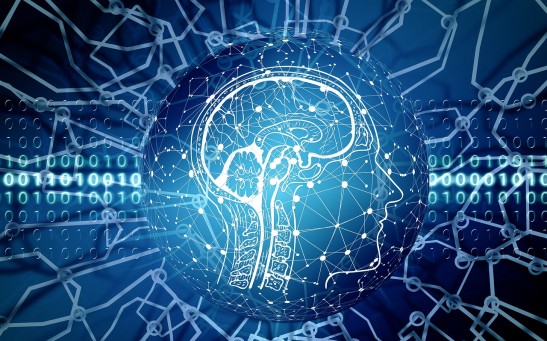supercomputer
Cerebras Unveils Condor Galaxy 1, the World’s Largest Supercomputer for AI Training
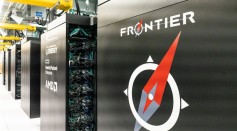
Germany To Build Its Exascale Supercomputer: A First in Europe
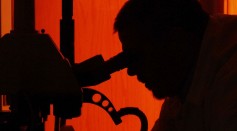
Mysterious Microscopic Creature Without Anus Discovered
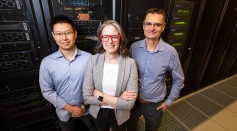
Predicting Volcanic Eruptions Might Be Possible Now Through Supercomputers

US Supercomputer 'Frontier' World's First to Surpass Exascale Level, Better Than Top 500 Supercomputers
World’s Most Powerful Supercomputer, AI Techniques Can Determine How Extreme Stellar Conditions Produce Carbon-12
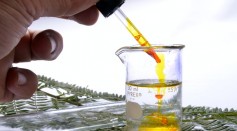
New Nanocrystal Gel Can Stitch 2 States, Contributing to Energy, Telecommunications

Rings Surrounding Saturn Prevents Earth from Growing, New Study of Solar System Shows
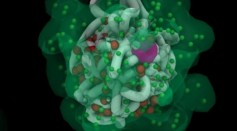
X Chromosome Deactivation Possible in a Novel Supercomputer Simulation
Silicon-Carbide Nanotubes: New Study Reveals Relations Between Hydrogen and Its Storage, Bringing the Energy Into Daily Use
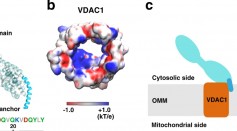
Supercomputer Simulation Showed How Energy Transfer Between Cellular Bodies Happen Just Outside the Mitochondria

Uchuu Simulation: Largest, Most Detailed Virtual Universe Ever Made Compressed in 100 TB, Also Available for Viewing Online
HiPerGator Supercomputer Determines Which Cattle Produce More Beef, Milk; AI May Enhance Meat, Dairy Production
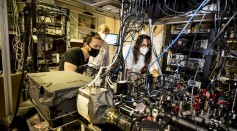
Towards Quantum Computing: Physicists Surpass Current Supercomputers With New Programmable Simulator
Most Popular

How Technology Is Changing the Real Estate Industry?

How a Plant-Based Diet Can Protect Against Breast Cancer: Insights from Nutrition Research

Study Reveals High Turnover in Scientific Research Careers: What This Means for Future Scientists

Nikolay Karpenko Biography, Photo, Career, Accomplishments

